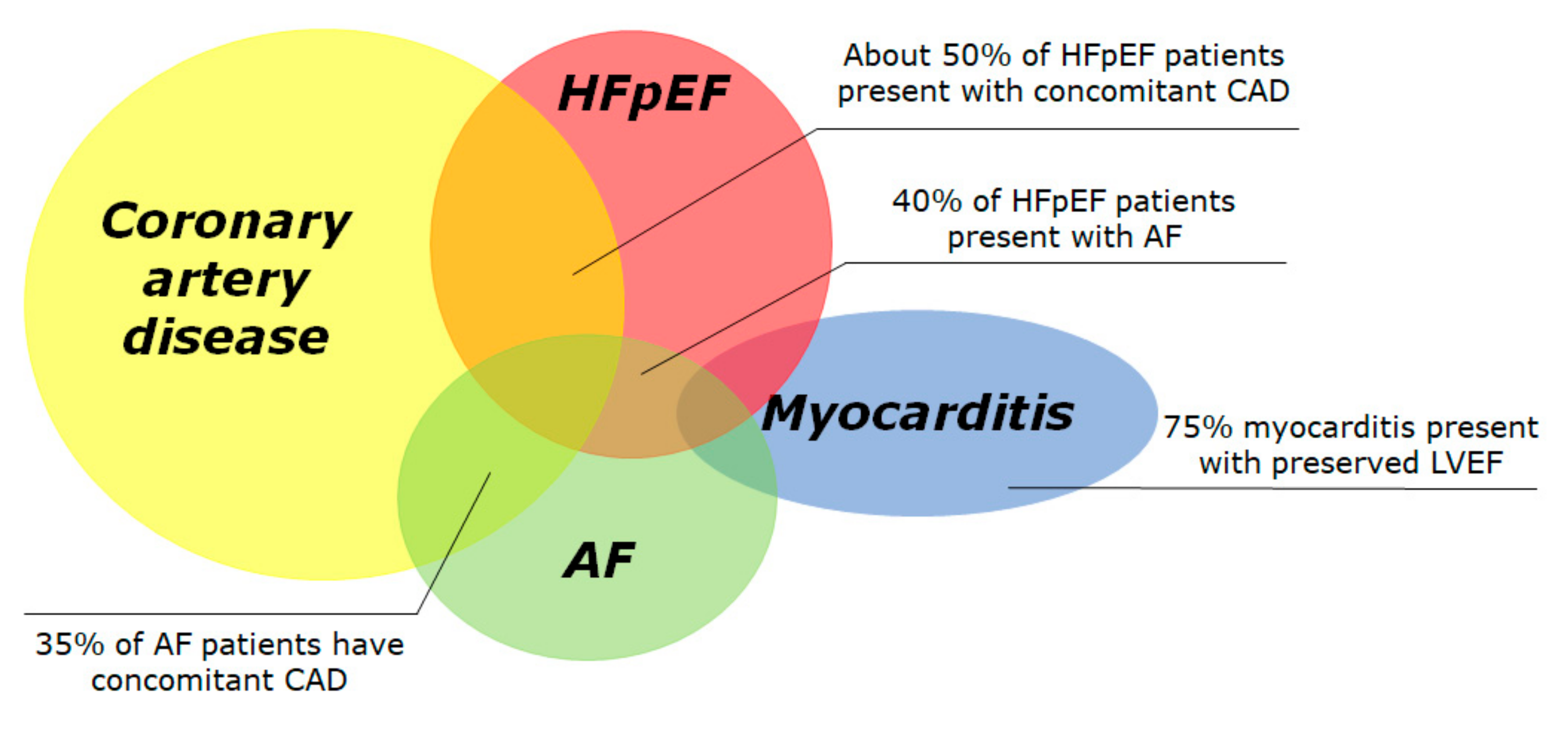

If, after careful study, a physician determines a patient’s underlying cause of chest pain to be angina and the patient has a documented history of CAD, then CAD will be sequenced as the principal diagnosis followed by the appropriate code for the angina ( AHA Coding Clinic for ICD-9-CM, 2001, third quarter, page 15).ĬAD, the most prevalent type of heart disease, occurs when the coronary arteries become narrowed or blocked by plaque. Chest pain that is related to CAD may be termed angina pectoris. Pressing on the chest wall does not cause the pain. In addition, it may radiate to the left arm (most common), left shoulder, neck, lower jaw, midback, or right arm. The chest pain may be described as pressure, tightness, heaviness, squeezing, or burning. pain, numbness, weakness, or coldness in arms or legs.Ĭhest pain is often the first indicator of CAD.Chest pain that begins suddenly or lasts only a few seconds is less likely to be angina. Chest pain (786.50) other than angina can have many other possible underlying causes.Unstable angina (411.1) is a change in the usual pattern of angina, such as being more frequent, more severe, lasting longer, or occurring at rest.Stable angina (413.9) is predictable, is brought on by exertion, and diminishes after resting and nitroglycerin is administered.Common CAD symptoms include the following:

Symptoms depend on the type of heart disease. The term “heart disease” is often used interchangeably with the term “cardiovascular disease,” which refers to conditions that can narrow or block the blood vessels and may lead to myocardial infarction, chest pain, angina, or stroke. heart infections such as pericarditis (categories 420 and 423), myocarditis (category 422 or 429.0), and endocarditis (categories 421 and 424) and.congenital heart defects (categories 745 to 746).coronary artery disease (CAD) (ICD-9-CM category 414).Heart disease is a general term that involves a wide range of diseases affecting the heart and blood vessels, including the following:


 0 kommentar(er)
0 kommentar(er)
